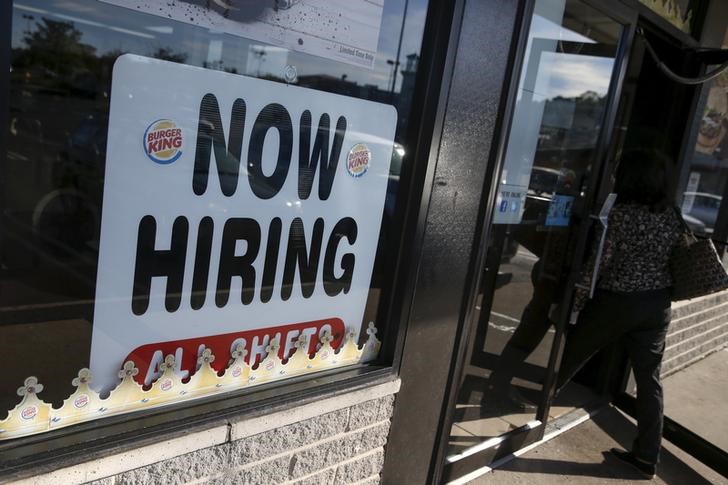TSMC earnings; Oracle analyst meeting; Gold’s new high - what’s moving markets
Investing.com - The number of Americans filing for first-time unemployment benefits rose slightly last week, but continuing claims touched their highest level since 2021, as investors hunt for more indications about the state of the American labor market following July’s weak payrolls report.
Initial jobless claims for the week ended on August 2 came in at 226,000, rising from a marginally upwardly revised total of 219,000 in the prior week. Economists had anticipated a reading of 221,000.
The four-week moving average, which aims to account for volatility in the weekly number, was 220,750, a decrease of 500 from the prior mark.
Seasonally-adjusted continuing claims, a measure of how many U.S. residents are currently receiving or seeking jobless benefits, stood at 1.974 million during the week ended on July 26, an increase of 38,000 from the previous week. It exceeded expectations of 1.950 million and was the highest total since November 2021.
The reading from the Labor Department comes after President Donald Trump dismissed the commissioner of its Bureau of Labor Statistics over sharp downward alterations made to June and May’s nonfarm payrolls report. Trump, without providing evidence, said the data had been "rigged," sparking some debate over the future reliability of crucial economic data investors and policymakers alike use to make decisions.
Nonfarm payrolls last month came in at 73,000, rising from 14,000 in June -- a steep downward revision from the initial figure of 147,000. May’s amount was also brought down to 19,000 from a prior reading of 144,000.
Together, employment in May and June combined is 258,000 lower than previously reported, a result that the BLS said factored in additional information received from businesses and government agencies since the last published estimates.
In the wake of the data, bets that the Federal Reserve will opt to slash interest rates at its next gathering in September jumped. In theory, bringing down borrowing costs could spur spending and investment by businesses, potentially supporting labor demand.
